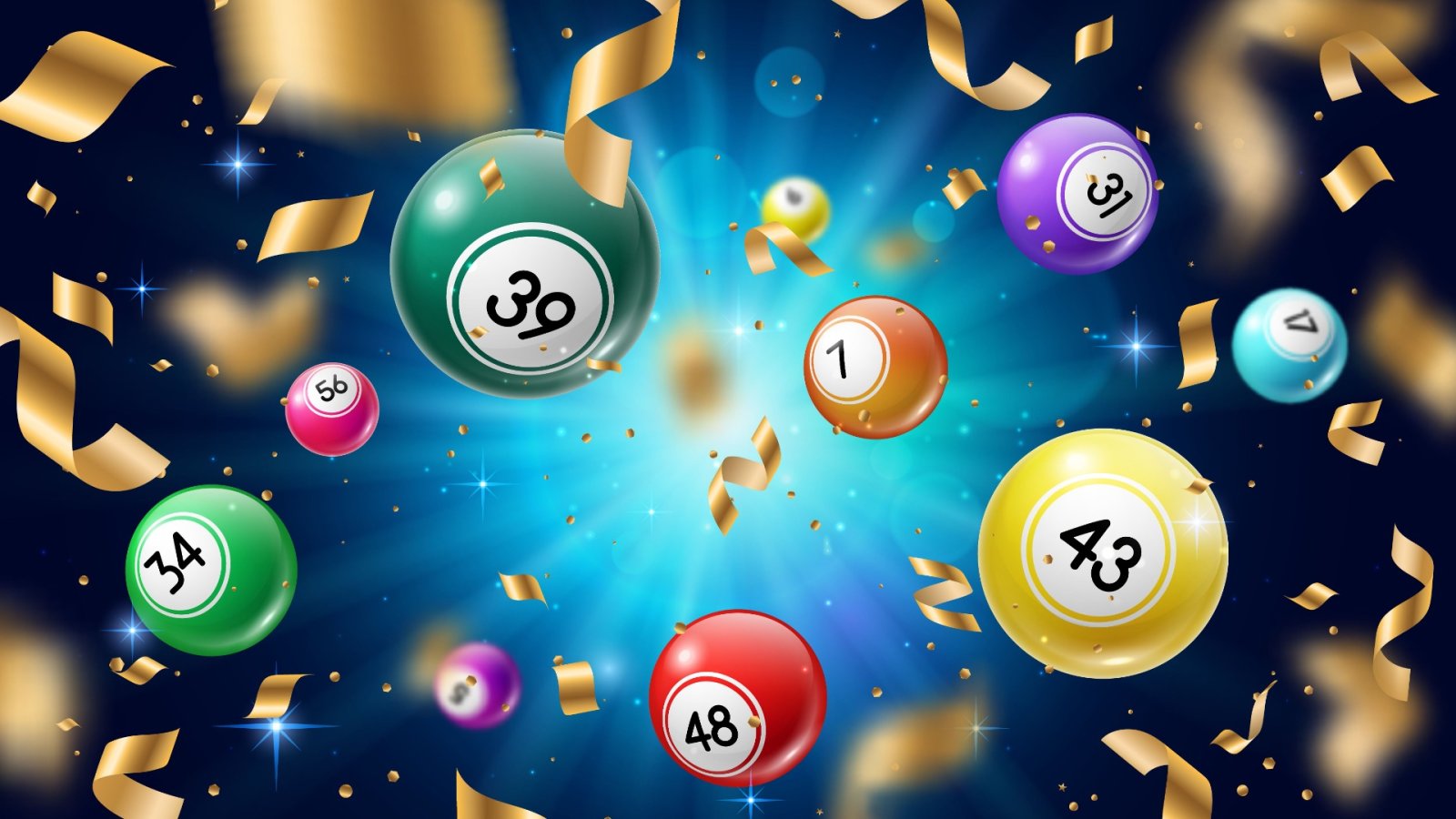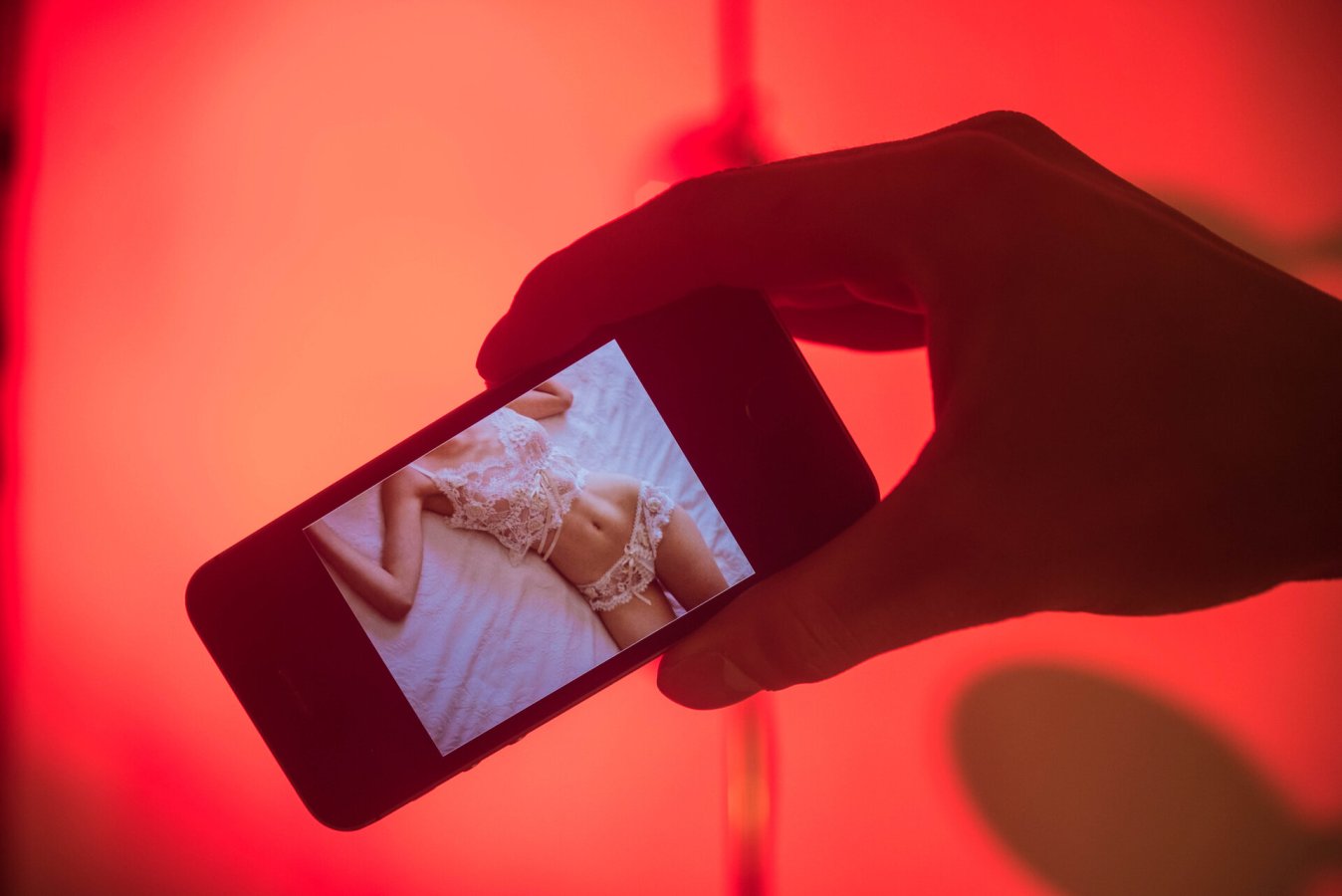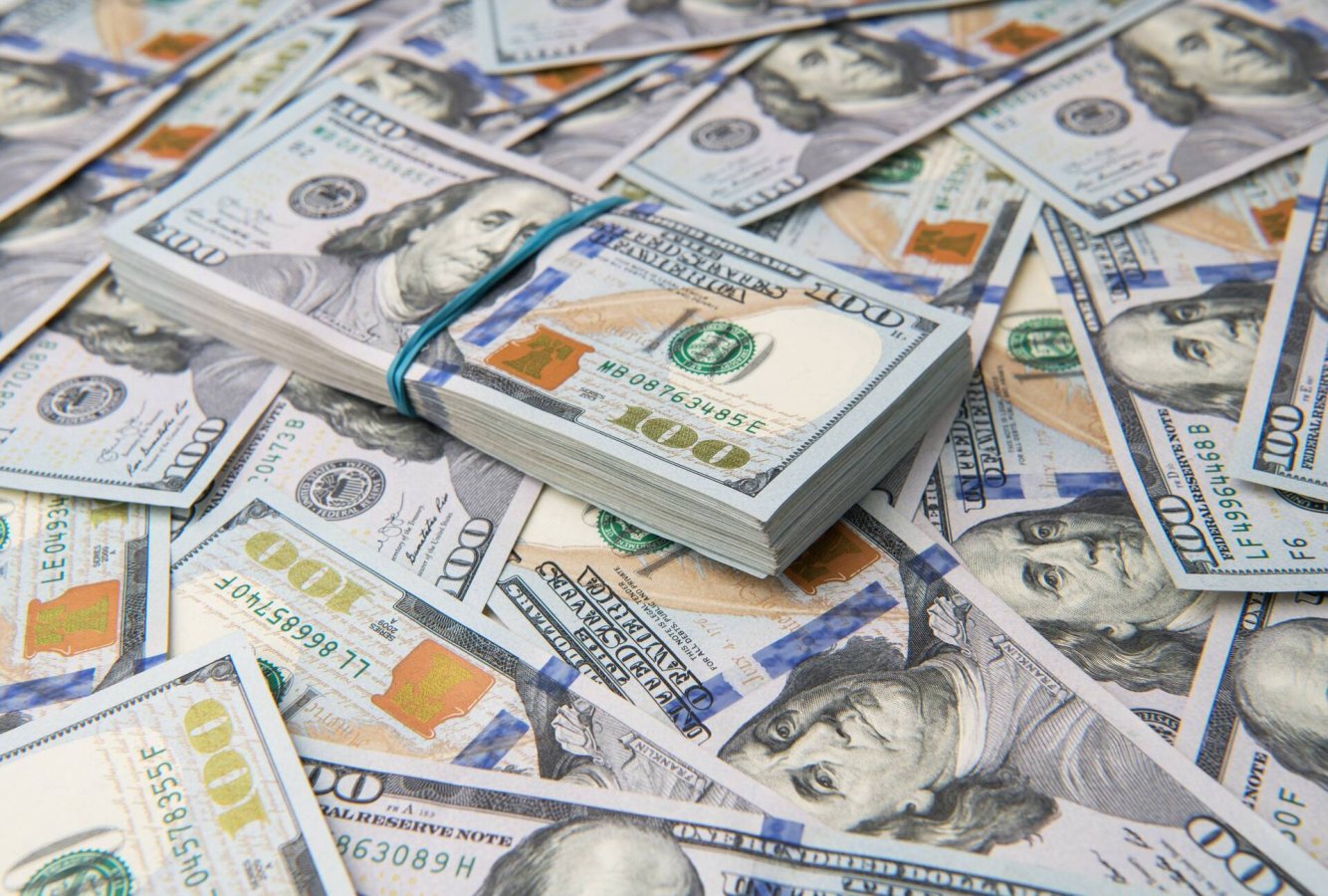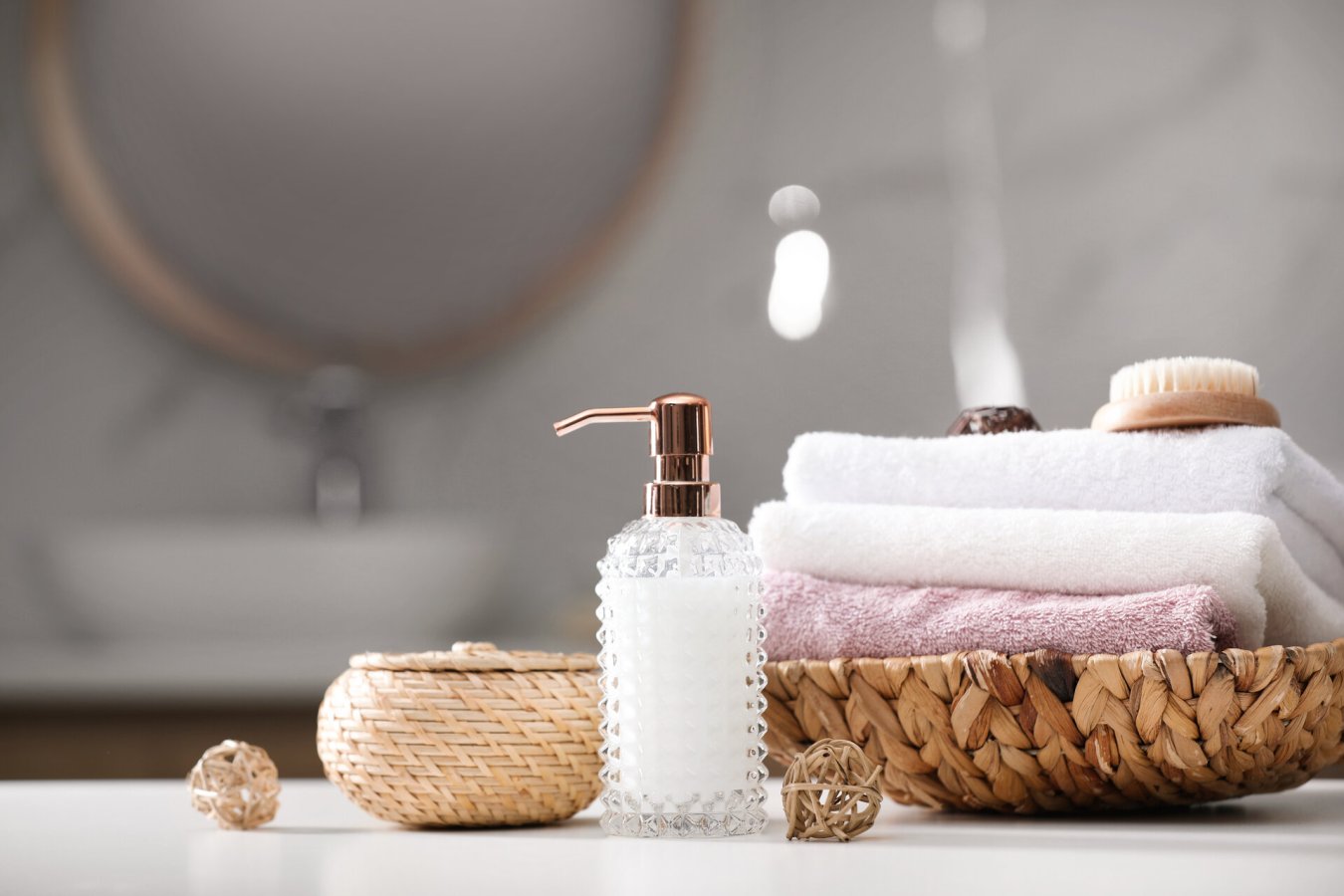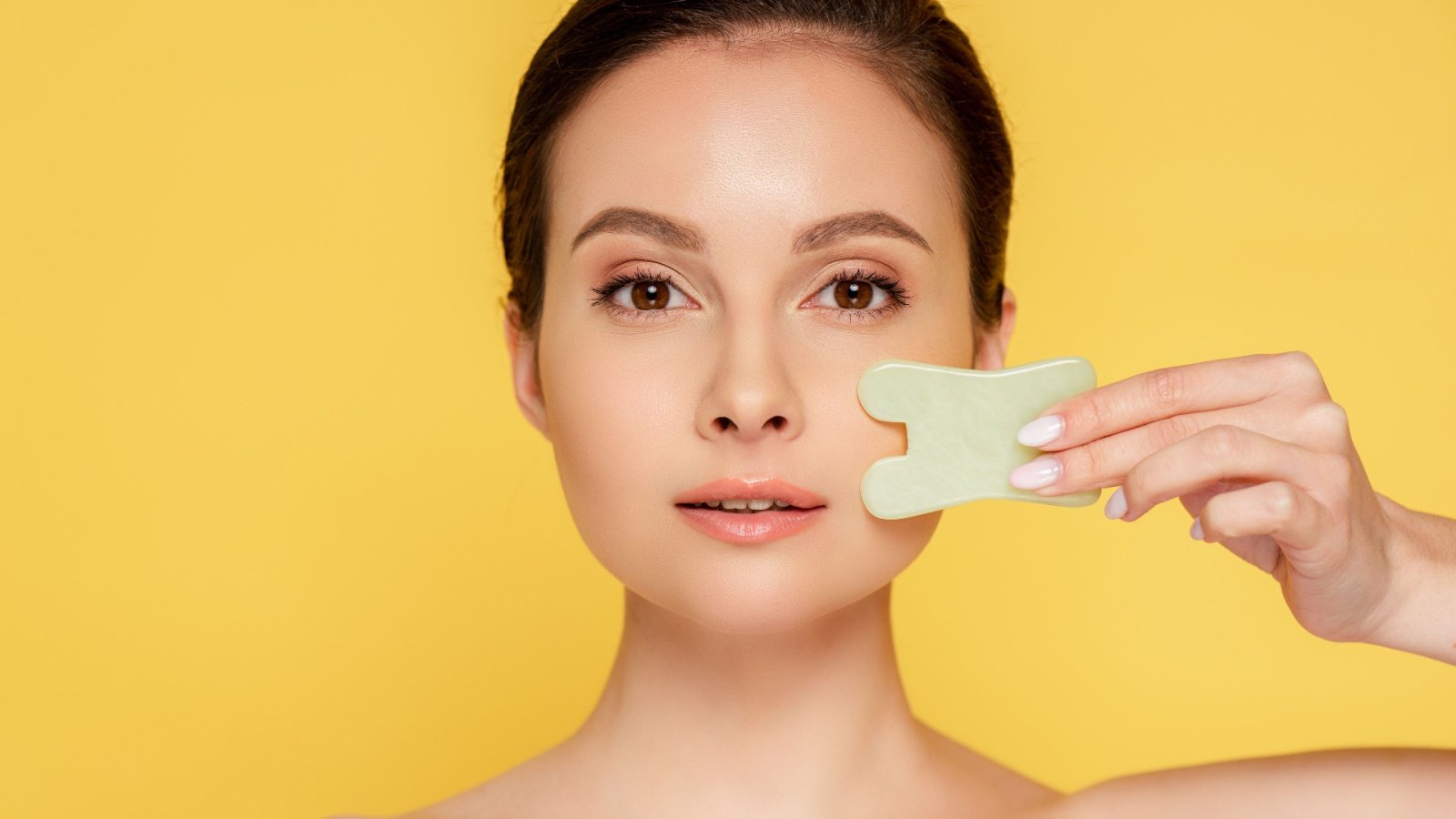Have you ever noticed that some social media trends are a bit dubious? Yeah, you know what we're talking about. However, some trends are worth a bit of atention. And one of them is the famous Gua Sha. Ever heard of it? Let us explain!
The practice of Gua Sha is scraping your skin with a spoon, stone, or coin until red spots appear on your face. It's a very popular ongoing trend on social media, altough it has the roots in ancient tradition.
As a therapeutic technique known for thousand of years, it's been praised as an effective way to smooth out wrinkles and reduce facial puffiness. Gua Sha is also known for its miraculous powers of stimulatin circulation and relieving muscle pain. In this article, we're discussing all about the benefits, risks, tips and tricks related to the famous gua sha.
The history of Gua Sha
Gua sha was created in ancient China and it is one of the oldest methods of traditional Chinese therapy ever documented, with historical archives dating back to the Stone Age, as research shows. This therapy was frequently used to “scrape away illness.” Becoming more and more popular over the years, it was documented in important medical books during the Ming Dynasty, between 1368 to 1644. Today, many cultures still use Gua sha as a form of therapy, and it is still very common in Eastern European and Asian families. In the US, this traditional practice is also becoming common, as more people have started to discover and notice its health advantages. Sure, Gua sha doesn't do miracles, but it can bring benefits that are discussed today by lots of acupuncturists, chiropractors, and massage therapists.
How to use it
To reap the benefits of Gua sha, you first need to have a smooth-edged tool in your home, such as a spoo, buffalo horn, or a gemstone. You will need it to gently and delicately scrape parts of your body. The practice will create small round spots on the skin, also known as "petechiae." If you notice them, that means that there is bleeding under your skin.
Let’s explain the term first, so “gua” means scrape in Chinese and “sha” signifies sand. This expression reffers to the appearance of the skin. From the view of traditional Chinese medicine, many illnesses and health conditions can be outlined around the static “qi” (which means the life force energy) and blood in the body. So, the Gua sha works because it stimulates the blood in various points and encourages the healthy flow. Usually, this practice is done by chiropractors, acupuncturists, Chinese medicine practitioners, and massage therapists.
If you're not familiar with the different forms of gua sha, here are some of them.
Types of Gua Sha
Traditional:
the traditional Chinese medicine technique in which an acupuncturist scrapes areas of your body with a smooth-edged tool to reduce inflammation, boost circulation and increase range of motion.
The Graston Technique:
some massage therapists use a scraping process known as the Graston Technique, targeting muscles, tendons and facsia. This method encourages collagen production, stimulates the sensory receptors in the body, and help inhibit pain. To be able to use this method, one must be trained.
Facial:
Many people practice gua sha to relieve puffiness, inflammation, tentions and sinus problems on their face. This practice may also have anti-aging advantages, altough there are no scientific studies to certificate that.
Gua sha: the potential benefits
Even though there is still a lot to be discovered about the miracles of gua sha, research shows that gua sha may have potential advatages. Some of them are:
relieving muscle pain by promoting blood flow in a painful area. If you have chronic pain, you might benefit from gua sha and feel substantial pain relief after the first session. The benefits might even last longer after the treatment, but there are not enough studies to ensure that it's an efficient long-term solution for pain management.
decreasing perimenaupause symptoms, which cause many people to encounter insomnia, hot flashes, fatigue, nervousness, headaches, and mood changes. Gua sha has been proven to be effective after 2 months of use.
improving diabetic neuropathy, which can affect a lot of people suffering from diabetes.
Potential risks of using Gua Sha
Altough Gua sha is typically considered safe, if you don’t use too much pressure when practicing this therapy method, there might be some potential side effects. This is due generally to applying too much pressure which can cause skin bruising, muscle pain, and skin damage. It is important to know as well that gua sha is not recommended to be used on open wounds, sunburns, rashes, inflamed or irritated skin, psoriasis, eczema and rosacea. Also, be careful not to scrape the skin where you have moles.
People who have a chronic skin affection like psoriasis, eczema, or rosacea may not tolerate this therapy well. So, whenever in doubt, check with your doctor or healthcare provider first!
